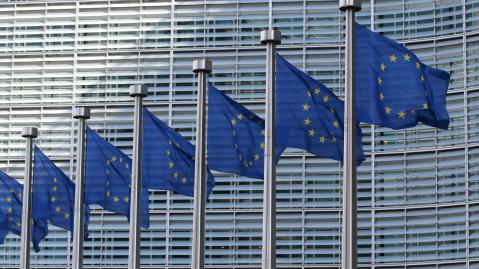EU Carbon Border Adjustment Mechanism (CBAM) takes effect with transitional phase

From 1 October 2023, the EU’s Carbon Border Adjustment Mechanism (CBAM) has entered into effect, starting with a transitional phase that runs until the end of 2025. During this period, EU-based importers of goods covered by CBAM from non-EU countries are obligated to report the embedded emissions of their imports, without incurring any financial liabilities. The obligation to purchase and surrender CBAM certificates will then apply from 2026, effectively imposing a carbon price that should reflect the allowance price level in the EU ETS.
The first policy of its kind in the world, CBAM will initially apply to imports of electricity, aluminium, iron and steel, cement, fertilizers, and hydrogen. From 2026, imports of these goods into the EU will be charged a carbon levy based on the embedded emissions generated during the production process. The mechanism’s key objective is to level the playing field for European producers who face a carbon price for their emissions under the EU ETS while encouraging industrial decarbonization globally.
The European Commission took a significant step towards CBAM implementation on 17 August 2023 by adopting an implementing regulation that outlines detailed reporting requirements and methodologies for calculating the embedded emissions of covered goods during the transitional phase. This grace period is designed to provide businesses with ample time to prepare for compliance while permitting the fine-tuning of the definitive CBAM methodology before the carbon levy is introduced.
Importers are advised to commence data collection for the fourth quarter of 2023 starting October 1, with the first report due by 31 January 2024. To facilitate reporting, the European Commission has published comprehensive guidance documents for both EU importers and non-EU manufacturers on how to practically implement these new rules.
Prior to its adoption, the implementing regulation underwent a robust public consultation process and subsequently received approval from the CBAM Committee, composed of representatives from EU Member States. A key element of the “Fit for 55” policy package, the CBAM is the EU’s landmark tool to address carbon leakage and will thereby replace the free allocation of allowances, which will be gradually phased out in parallel to the phase-in of the CBAM levy over a nine-year period from 2026 to 2034.

